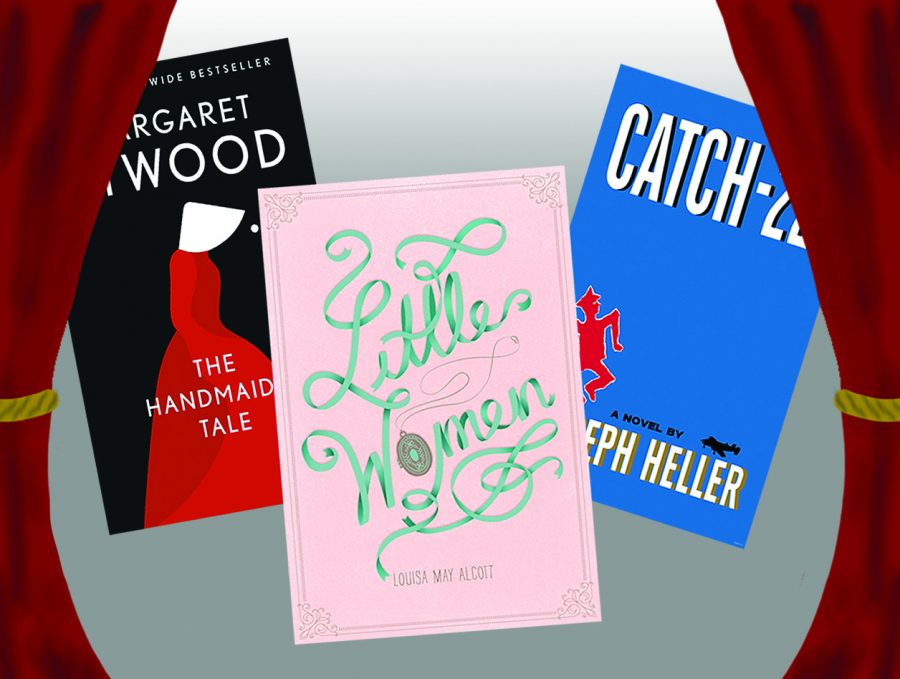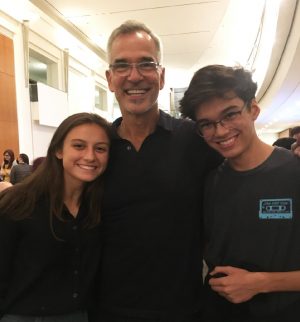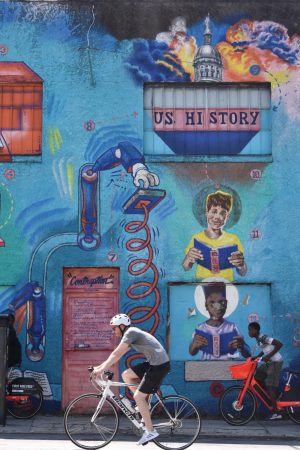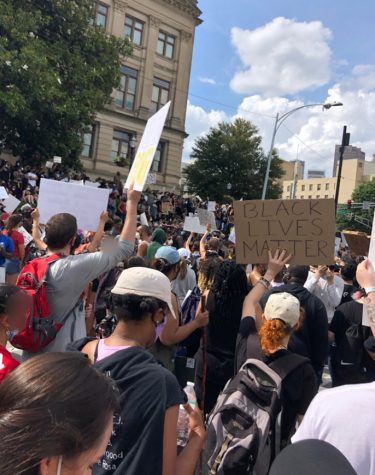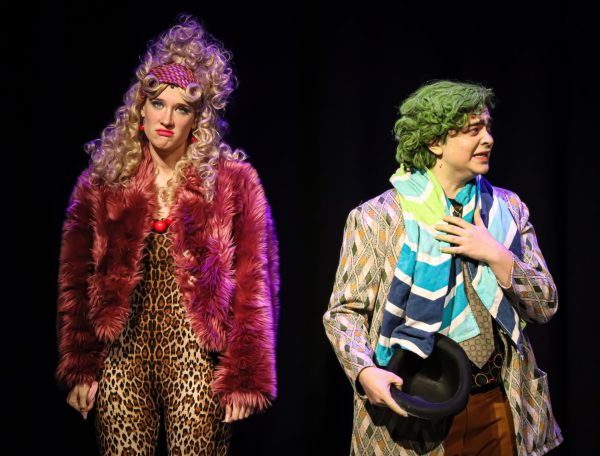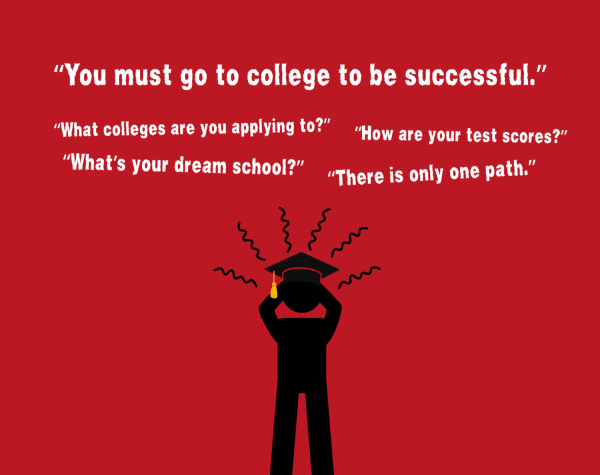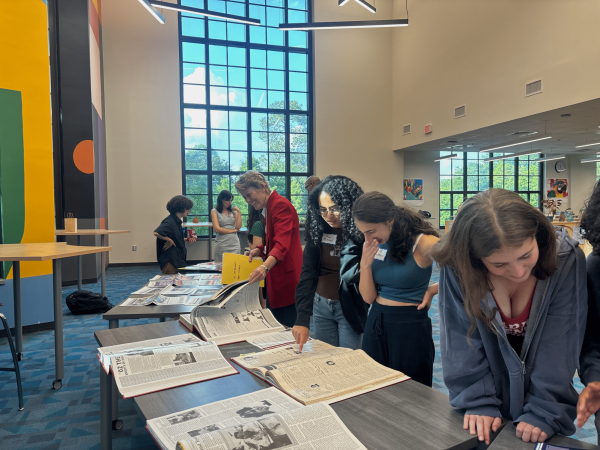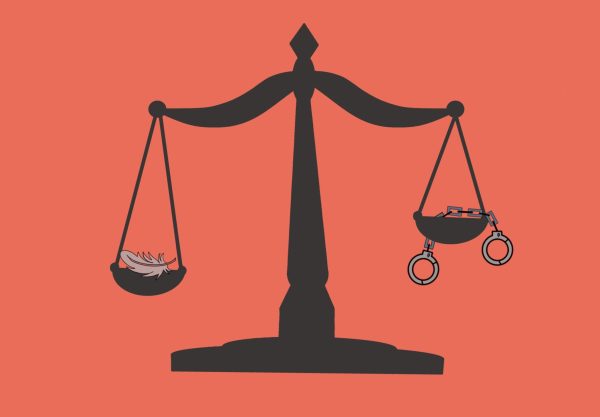High school kills classic novels; movies revive them
Classic novels have made their way onto the big screen, appealing to high schoolers in a new way.
Classic novels have been ruined by high schools to the point where students just don’t want to read them anymore.
Students analyze great books to the point that there’s no story left, just allusions and references. Many dislike English classes due to reading the same paragraph over and over, thinking about symbolism in something that the author was probably just using as a plot device.
It’s no wonder high schoolers have such a hard time getting pleasure from reading. If you were forced to take quizzes, do projects and write essays about your favorite Instagram account, you wouldn’t get any joy from mindlessly scrolling anymore. Many students don’t mind writing or reading, but when reading is tainted by annotating, it’s difficult to connect with the reading material.
Freshmen at Grady read Homer’s “The Odyssey,” which was composed somewhere around the 8th century. Though this work is about facing and overcoming challenges, a universal message, it’s long-winded and difficult to read to many, due to its phrasing as an epic poem. Sophomores read Shakespeare’s “Julius Caesar,” about the title character’s assassination in ancient Rome. Though many high schoolers do face treachery, the story is about a struggle over the people and morality of a country: a situation that very few teenagers, if any, have experienced.
Not only are the classics hard to identify with, but they’re also hard to read. Many of the novels use archaic words or phrases that teenagers today simply aren’t familiar with, or engage in long florid descriptions that are hard to follow.
But new forms of classic novels are starting to pop up, allowing high schoolers to engage with this material that could teach so much in different, more meaningful and relatable ways.
Take the recent “Little Women” movie. Many teenagers went to go see the movie to gaze at Timothée Chalamet or see Greta Gerwig’s next masterpiece after “Lady Bird,” but came out absolutely loving the plot and wanting to read the book to experience it all again. The movie does a wonderful job of taking Louisa May Alcott’s original Civil War-era dialogue and have it spoken onscreen and not seem silly or arcane. The book’s sibling squabbles, homey atmospheres and much-discussed dresses all make appearances in the movie while retaining their original charm.
The genius of the “Little Women” movie, “The Handmaid’s Tale” and “Catch-22” television shows and other media based on classic novels is that they entice both lovers of the book and viewers who come for the actors or directors. You go into the movie expecting amazing performances, but exit having seen a fantastic story come to life on screen.
And then, you want to read the book.
English teachers are all puzzling over how to make teens read classic novels in an era where reading is very few’s first priority. The answer is the exact same thing that they hate about Gen-Z: our obsession with TV and movies.
In school today, we learn about novels, but aren’t able to fully engage with them. By watching these great stories on-screen, teenagers are able to recognize their worth and gain motivation to read them. Though not every book is attractive or relevant to high schoolers, by utilizing a popular medium, students will gain interest in the classics — and that’s the goal. High schoolers will be able to appreciate these amazing books, and pass them on to future generations.
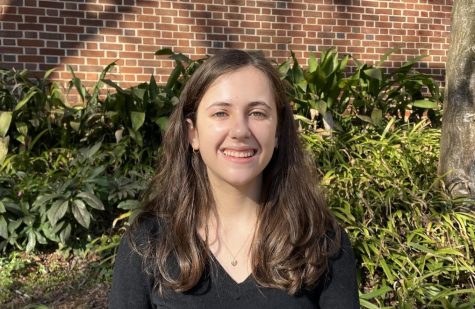
Anna Rachwalski is a senior and this is her third year writing for the Southerner. Outside of the newspaper, she is president of the Quiz Bowl team, is...

